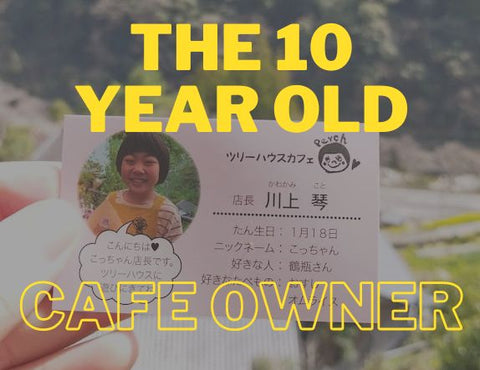
How to Care for Your Kokedama Bonsai After Shipping: A Recovery Guide
Receiving a beautiful bonsai in a kokedama moss ball is an exciting moment. However, since these plants travel long distances across the globe to reach your doorstep, they can sometimes show signs of stress upon arrival, such as leaf loss or drooping branches.
If you’ve noticed that your bonsai lost leaves during transit, don’t worry! This is a natural reaction, and with proper care, your plant can recover and thrive. In this post, we’ll explain why this happens, how to tell if your bonsai is still alive, and what you can do to help it regain its health.
NORMAL AND HEALTHY BONSAI RESPONSES TO INTERNATIONAL SHIPPING
 |

|
Why Do Bonsai Lose Leaves During Shipping?
Transporting plants internationally presents unique challenges, including:
- Temperature fluctuations (moving from warm climates to cooler regions, or vice versa).
- Extended periods of darkness during shipment.
- Limited airflow inside the packaging.
As a result, it’s perfectly normal for bonsai trees to drop some or even all of their leaves. This is a self-preservation mechanism—by shedding leaves, the plant reduces energy demands and protects itself. Although this may look alarming, it does not mean the bonsai is dead.
How to Tell if Your Bonsai is Healthy
Even if the leaves have fallen off, you can quickly confirm that your bonsai is alive by checking for the following signs:
-
Green and Firm Stem or Branches
- Gently scratch the surface of the trunk or a branch with your fingernail. If you see green tissue underneath, it’s a great sign the plant is healthy and ready to recover.

- Gently scratch the surface of the trunk or a branch with your fingernail. If you see green tissue underneath, it’s a great sign the plant is healthy and ready to recover.
-
Firm Moss Ball
- A kokedama moss ball stays functional even if it feels a bit dry upon arrival. Once you rehydrate it, the roots will absorb moisture, and the bonsai will begin to bounce back.
Caring for Your Bonsai After Shipping
Follow these steps to help your bonsai recover:
1. Rehydrate the Moss Ball
- Submerge the kokedama moss ball in water for 10-15 minutes until fully saturated. This ensures the roots get the hydration they need after the journey.

2. Place in Indirect Light
- Choose a location with bright, indirect sunlight. Avoid placing the bonsai in direct sunlight immediately, as it may be too harsh during the recovery period.
3. Maintain a Cool, Stable Environment
- Keep the plant in a cool, well-ventilated space. Temperature extremes, such as near heaters or cold drafts, can further stress the plant.
4. Water Regularly
- Check the moss ball daily to ensure it stays consistently moist but not waterlogged. Water when the moss feels slightly dry to the touch.
5. Be Patient for New Growth
- It can take a few weeks to a month for new leaves or buds to appear. During this time, avoid disturbing the plant too much and let it adjust to its new environment.
6. Delay Fertilization
- Hold off on fertilizing the plant until you see new growth. Adding fertilizer too soon can overwhelm the bonsai as it adjusts.
When to Expect Results
With good care, you should see new leaves and growth within a few weeks. The exact timeline will vary depending on the species, but as long as the kokedama stays hydrated and the stem remains green, your bonsai will thrive.
Final Thoughts
Shipping plants across the world can cause temporary stress, but bonsai trees are resilient. Even if your bonsai arrives with bare branches, it just needs time to settle. By rehydrating the kokedama and providing consistent light and moisture, your bonsai will quickly bounce back.
If you have any further questions or need assistance, we’re always here to help. Thank you for your patience and care—we’re confident your bonsai will thrive!



